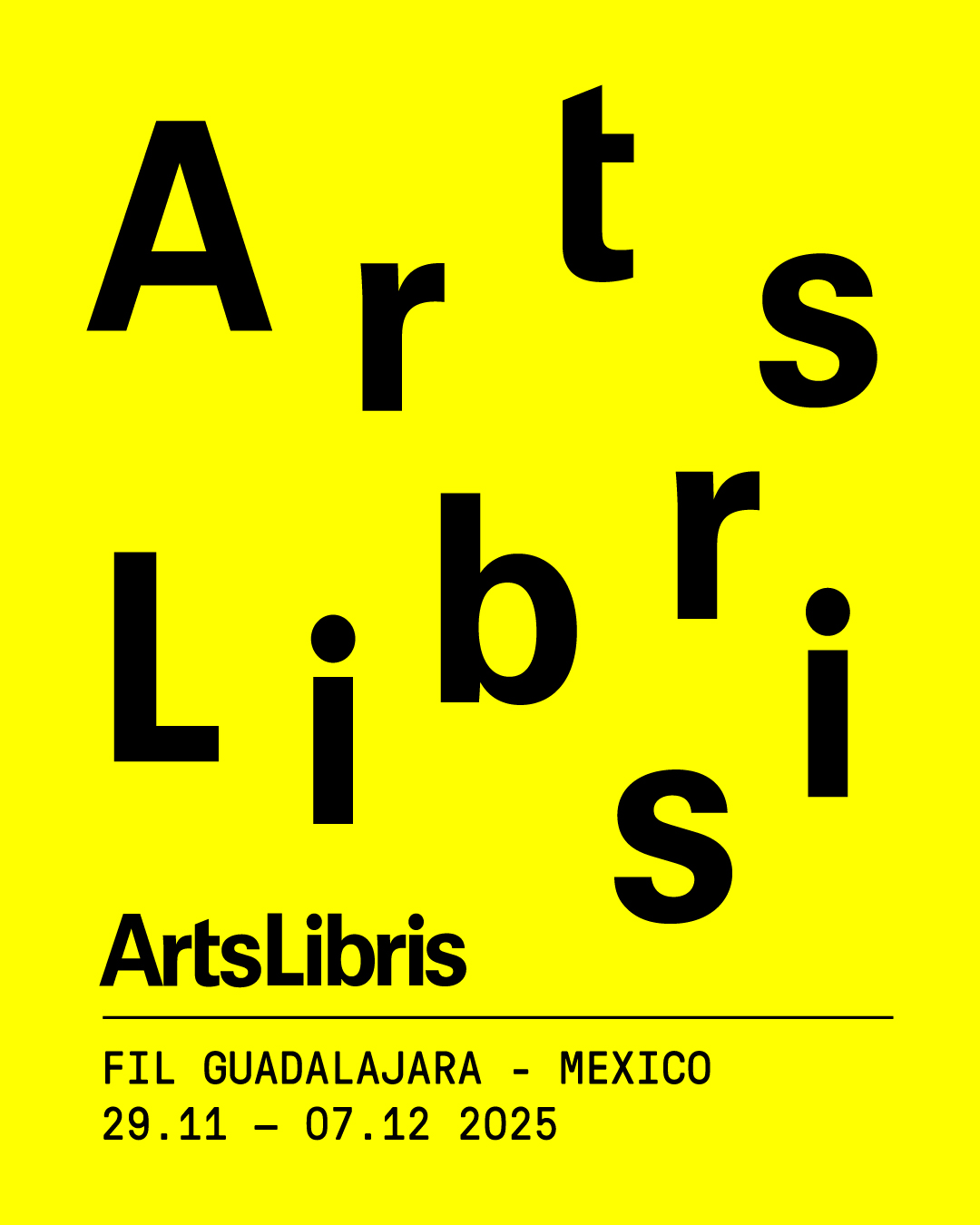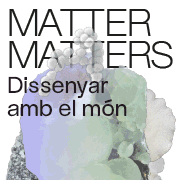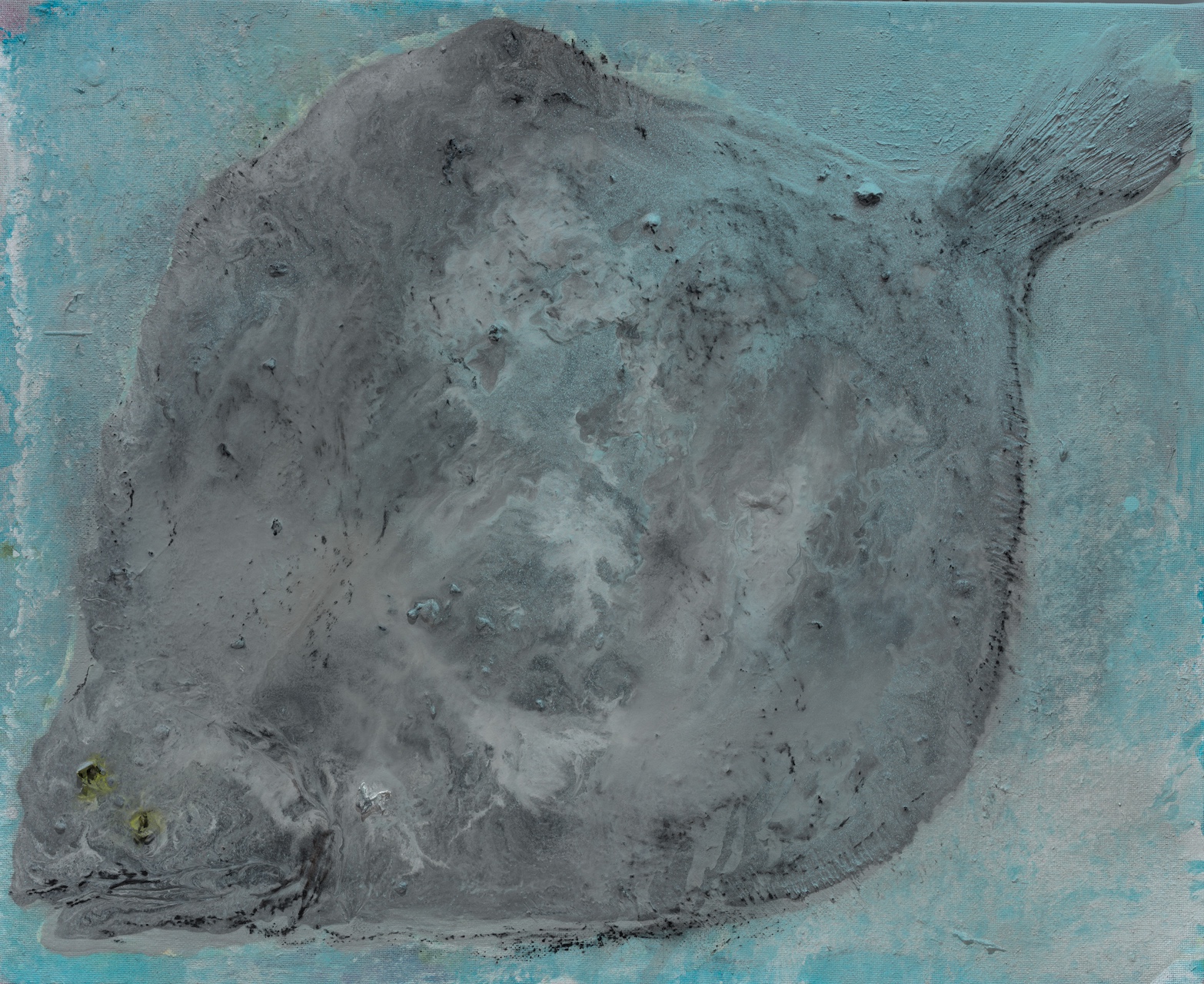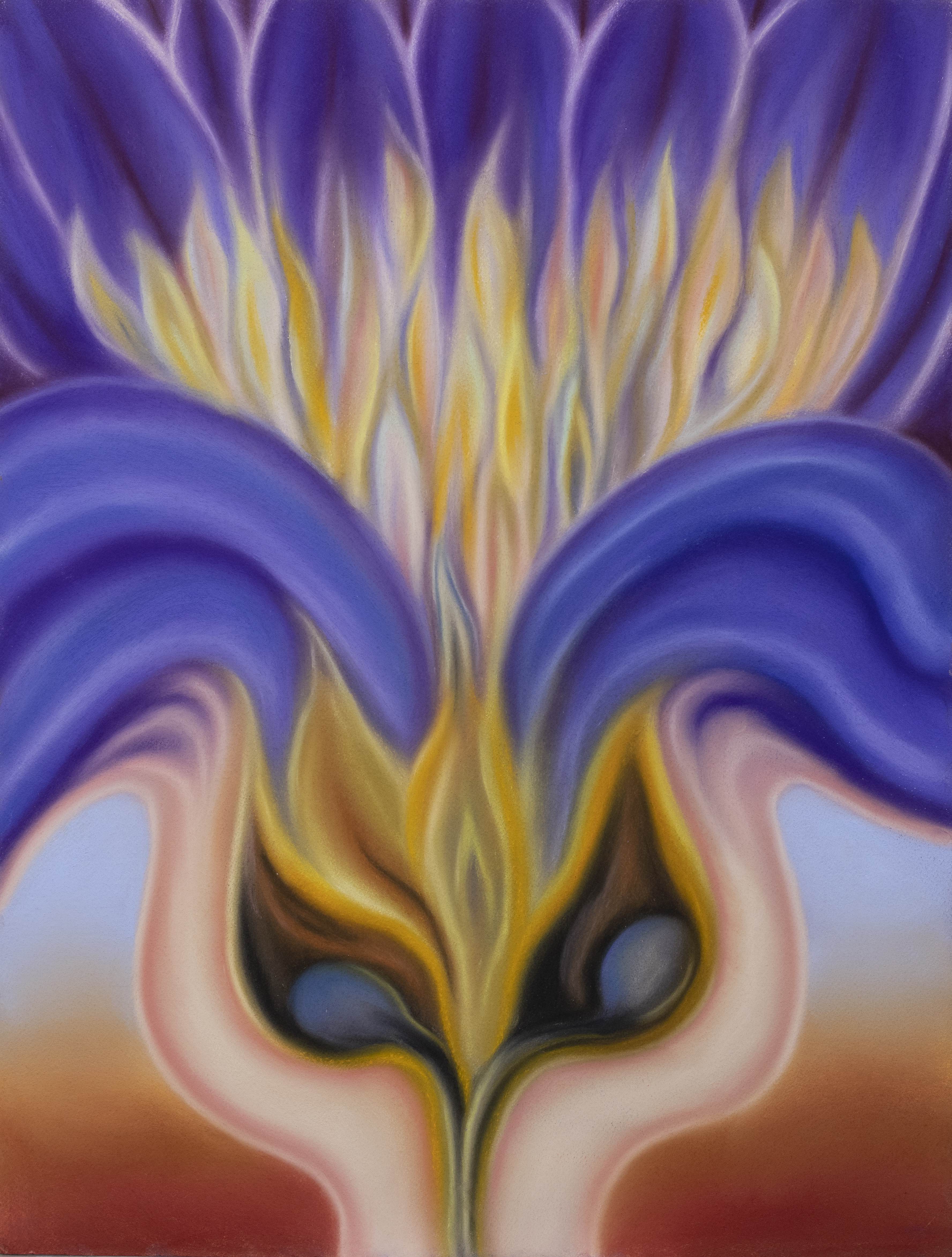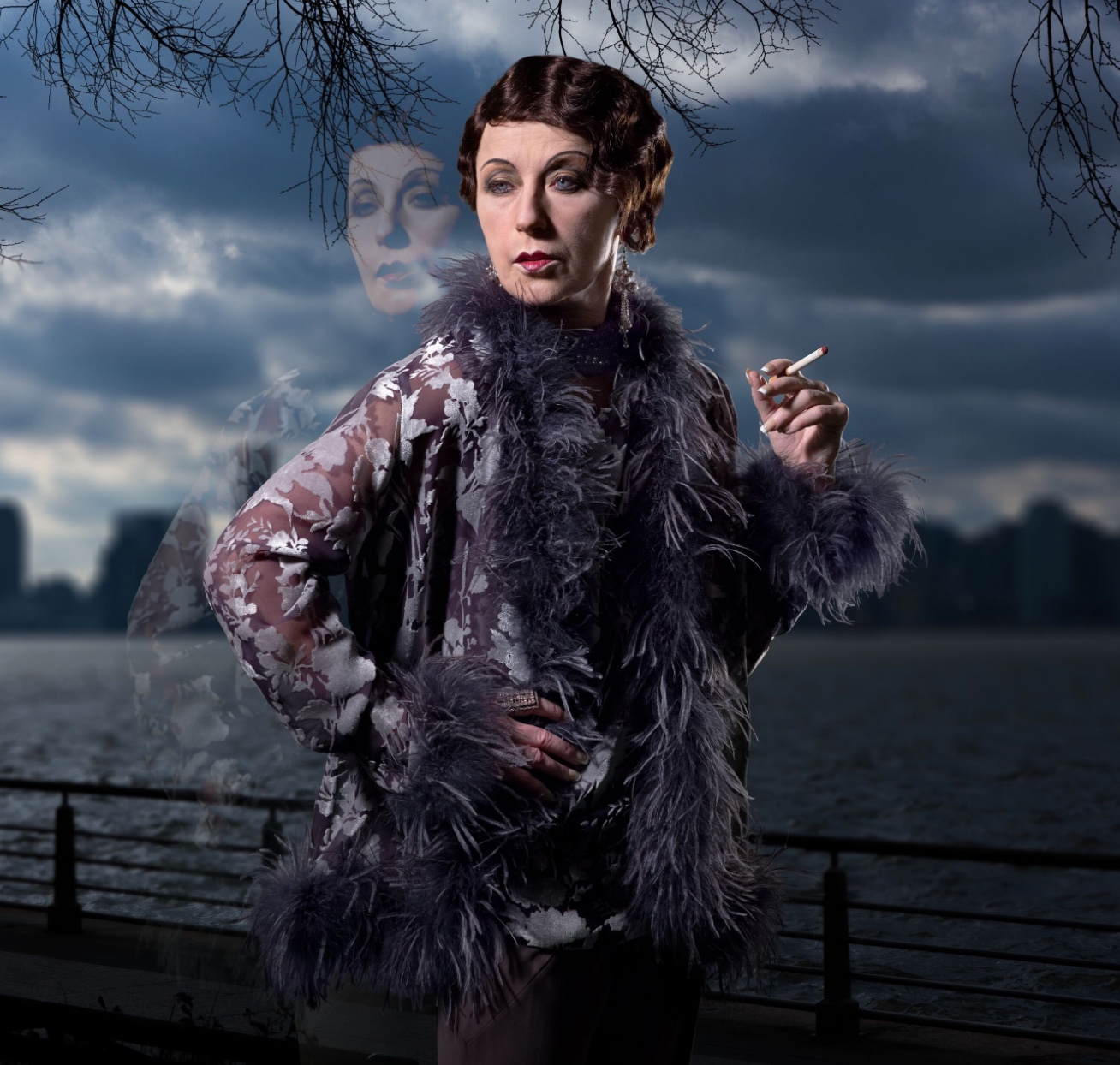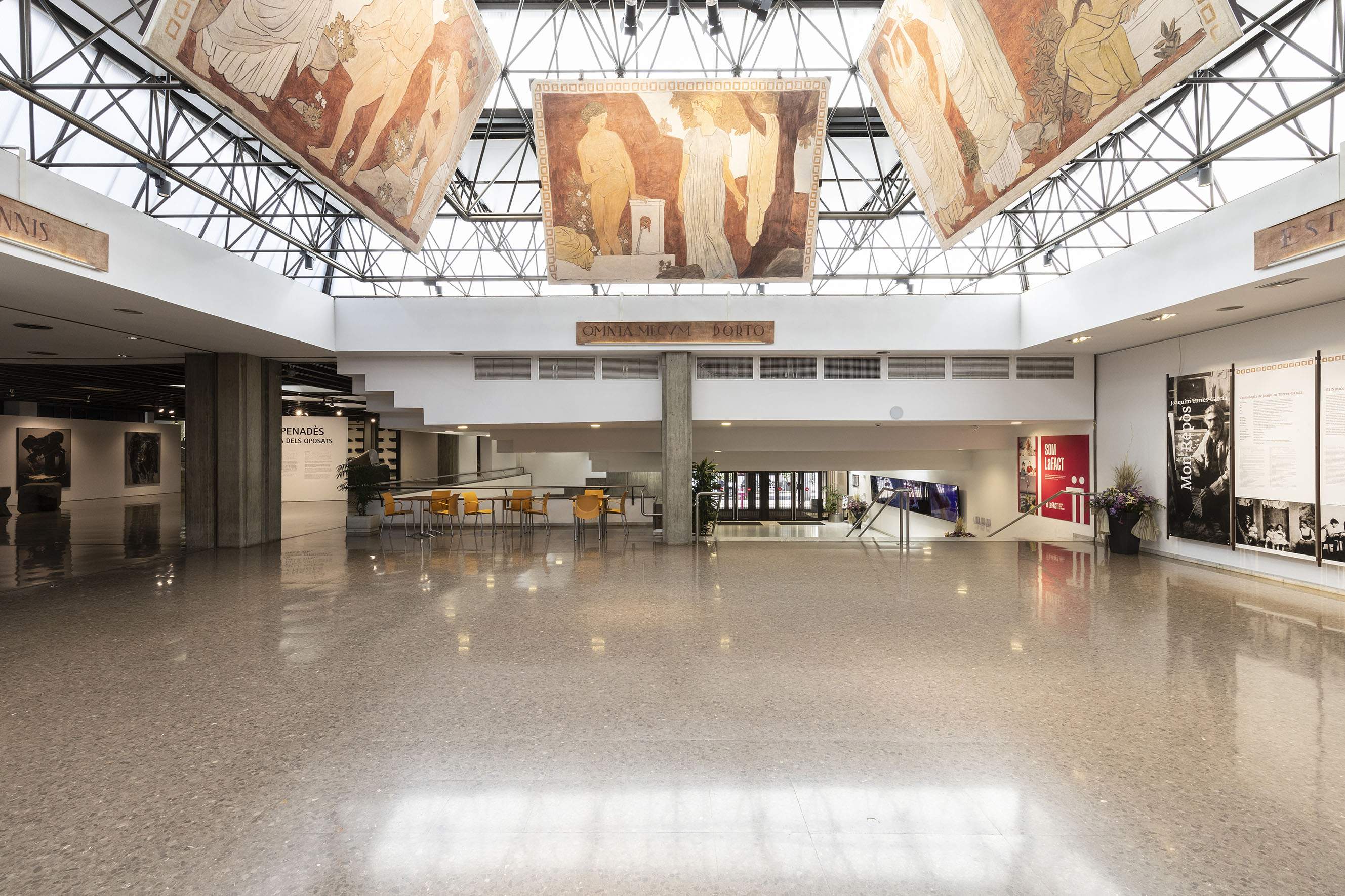Exhibitions
Agustina Fioretti in FUGA: crossing the equator, between myth and violence
An installation that questions rituals of passage, inherited hierarchies and persistent borders.
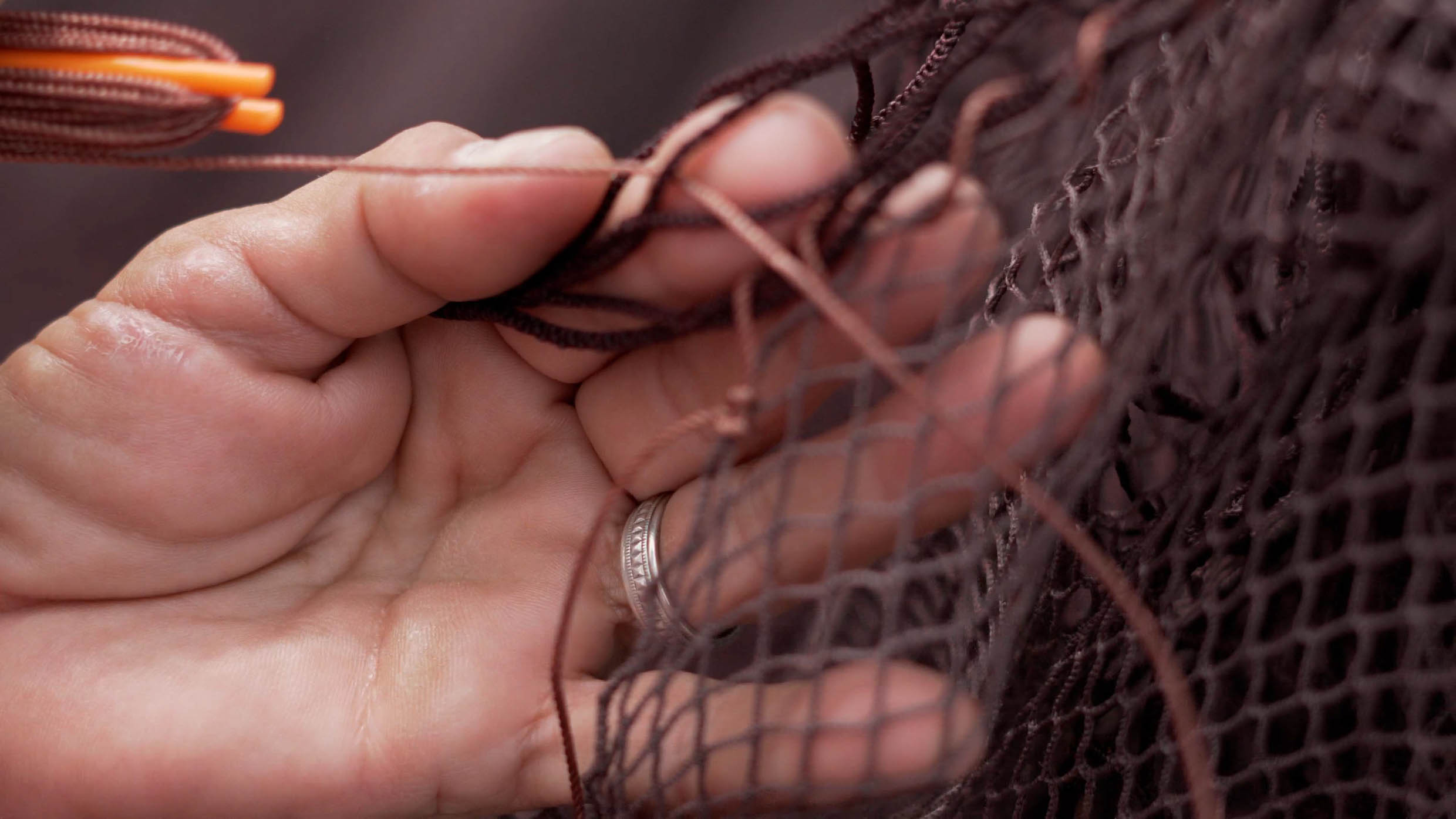
The FUGA gallery hosts the project Cruzando la línea by the artist Agustina Fioretti (Argentina, 1991), a proposal that starts from a personal story to open up broader questions about borders, rituals of passage and power relations. Based in Barcelona and trained in economics and photography at the International Center of Photography in New York, Fioretti articulates her practice from her own migratory experience and that of previous generations, exploring liminality as a space of transit and transformation.
The starting point of the project is a boat trip between Buenos Aires and France, where the artist's grandfather was invited to represent Neptune in a symbolic ceremony when crossing the equator. Despite the apparently festive tone and linked to tourism, this type of practice hid a long seafaring tradition marked by gender hierarchies and structures of domination.

From today until July 30, Fioretti proposes a journey through different trajectories that cross this imaginary line, questioning what it means to do so. Through videos, photographs, archival materials, objects, fabrics and personal stories, the exhibition contrasts the festive component of the ceremony with its historical background, marked by rituals of passage that sought to turn sailors into men “prepared” for what would come beyond the equator, often perceived as an entrance to unknown and wild territories. This practice, rooted since the 16th century and linked to the colonial expansion following the conquest of America, involved offering symbolic sacrifices to the sea or to the gods as a guarantee of a safe passage. Far from being a simple seafaring tradition, these ceremonies—reserved exclusively for men—had a strong symbolic and violent component: the neophytes were dressed as women, beaten and humiliated with the aim of extirpating any trait associated with femininity, considered at the time a sign of weakness.

The installation also focuses on the present, linking this critical look at ritual with the port of Vilanova i la Geltrú. There, two communities coexist that work precariously and almost invisibly: on the one hand, the net repairers, women who repair nets and who for years could only access this profession within the fishing world; and, on the other, undocumented immigrants who, despite having been fishermen in their countries of origin, are prohibited from going back to sea for legal reasons. This context allows the artist to establish parallels between ancient hierarchical practices and the current dynamics of inequality in the labor and social spheres.
The exhibition also includes a parallel activity on July 9 at 6:30 p.m., with a sound activation by Mireia Molina Costa, linked to the musical tradition of the habaneras. This complementary proposal adds another layer of reading to a research that not only questions the past, but also makes visible contemporary stories and realities that we often do not have in mind.


